The natural pack behavior is perhaps the most important reason why it has so successfully integrated itself into human communities worldwide. The sophistication of pack behavior varies considerably within the canine family. Foxes, for example, after leaving their mothers, have little inclination to behave socially with other foxes. Wolves, on the other hand, remain gregariously sociable throughout their lives. This results in the pack - a group of genetically related individuals who work together with a common cause. They hunt together, share food, keep each other warm, all of which involve communicating in a variety of ways. The domestic dog experiences a few months of natural pack activity from birth until it leaves its litter and joins a human pack, of which it will become a member. In the litter, each puppy learns how to behave with its litter mates and its mother. The mother is the leader because she controls food, warmth, and security. Beginning at about three(3)weeks of age, puppies start to play with each other. Play offers the satisfaction of physical contact with other puppies, while at the same time providing learning experience for muscle control. Equally important, it teaches the puppies how to behave with other dogs. Play remains a lifelong activity among pack members.
The Human Pack:
People discovered over 10,000 yrs. ago that the dog's mind is most malleable and impressionable in the first 3-4 months of its life. When a puppy is taken from the litter at between 8 and 12 weeks of age, and homed with people, it naturally transfers its innate pack mentality to the to this distinctly different species. Because they control food, warmth comfort, and security, people are seen as pack leaders. The puppy naturally begs for food. It jumps up to lick a human face just as it would jump up to lick its mother's face, a behavior that in wolves and some dogs stimulates the mother to regurgitate a partly digested meal for her puppies. As the puppy matures, it continues to treat its human pack as an acceptable substitute for the canine pack it has left. In play with people, nipping them as it would nip its litter mates or its mother. In a natural pack, if a puppy nips too hard it is reprimanded, either by a squeal and a reluctance to play further by a litter mate, or by a controlled bite from its mother - a bite not meant to damage the puppy but to sufficiently intense to teach it not to play quite so vigorously. By these means, the puppy learns how to behave with other members of the pack.
Status with the Pack:
As a puppy matures into adulthood, its pack behavior evolves, eventually to be influenced both by cumulative experience and by the onset, at puberty, of sex hormone production. It is also influenced by selective breeding. Certain breeds have been intentionally bred to work together as packs, with as little internal conflict as possible. Pack hounds follow scent trails together, eat communally from a large feeding troughs, and look upon the human pack master as their leader. Within typical human households, the adult dog's pack instinct drives it to find a suitable niche in the family. Although sexual maturity arrives early in life, usually at between six and twelve months of age, emotional maturity is not complete until a year later, the time of emotional maturity in wolves. A dominant dog, particularly if it is a male, can challenge its designated position in the human pack at any time between sexual and emotional maturity. It does so by refusing to follow instructions given by another pack member or by intentionally challenging someone. The dog usually chooses what it considers to be the weakest member of the pack. It might, for example, bite a child over possession of a toy, or refuse to obey a command given by the child's mother, but still obey the same command given by the deeper voiced, more assertive sounding father. The dog's position in the pack is not always static. Especially while young and robust, it may challenge in an attempt to move closer to pack leadership.
The Territorial Instinct:
All members of a pack are equally responsible for the security of their territory. This is, of course, one of the earliest reasons why our ancestors permitted wolves to live near and then in their campsites. When canine and human family groups share territory, they warn each other of potential dangers. After companionship, security is the most common reason of dog ownership. The dog's territorial instincts have their origins in pack activity. Almost every dog becomes alert and inquisitive when it hears, sees, or smells something different. Most dogs will alert other members of the pack by barking, sometimes aggressively, but just as often simply to alert the rest of the pack that someone or something is approaching their communal space. Some members of the pack actively defend that communal space, while most prefer to leave this to the initiative of the pack leader. As well as communal space, each pack member has its own personal space within the territory. This often a bed provided for the dog, but some individuals choose their own space - a chair, sofa, or space from incursions by other pack members, including themselves.
Going Solo:
In parts of Central and South America, Eastern Europe, Asia, and Africa, pariah dogs(outcast), breed, feed, and travel together as independent packs. However, in North America, northern Europe, Japan, Australia, and New Zealand, few dogs form packs wit other dogs. Free-ranging dogs(owned by people but allowed to roam freely) never form social packs, and only congregate when they are following an estrus female. No scientific observation of groups of free-ranging dogs has shown any indication of territorial pack behavior, probably because there is no need for these dogs to defend either a source of food or themselves. Free-ranging dogs in groups are not cohesive units, as are wolf packs, or even a single human hunter and his canine companion. They are simply individuals with irresponsible human pack leaders.
Kallee and Tamara
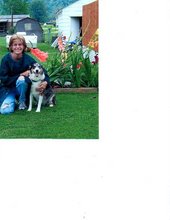
A Beautiful Summer Day.
Madam Kallee, CTD, CGC - 1994-2005 - Certified Therapy Dog and a Canine Good Citizen
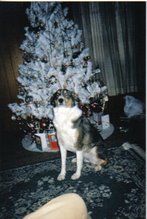
I am so pretty!
Kallee, T.D.I., CGC - Certified Therapy Dog and a Canine Good Citizen - 1994-2005

I loved to pose for the camera.
Hat Girl.

The things I do for my mom!
Happiness.

Bubby knows how to scratch a tummy.
Best of Friends.

Mine! No, Mine!, No Mine!!!
Whew !

Bubby wears me out!
This is the Life.

Just relaxing with bubby.
Kallee and Mr. Monkey
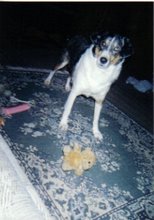
See Mr. Monkey? Wanna play?
Miss Cool.
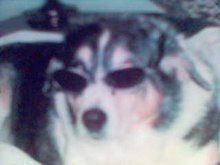
I loved to wear my shades.
Sunday, September 16, 2007
Subscribe to:
Post Comments (Atom)
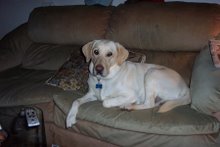

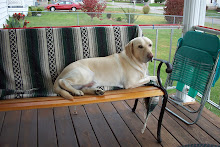
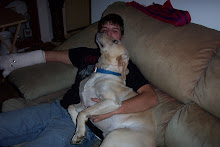
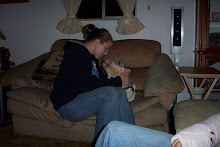
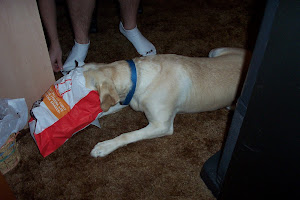
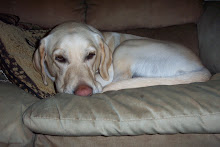

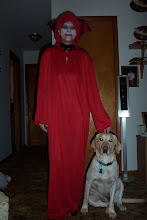
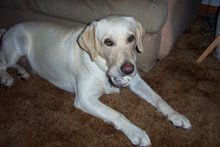
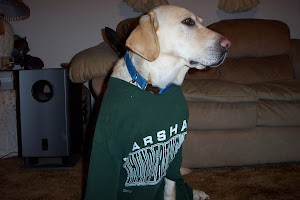


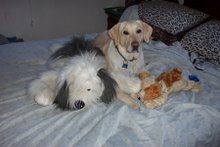

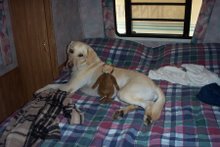
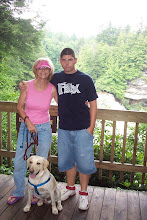
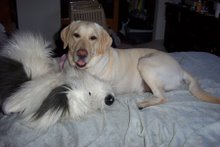

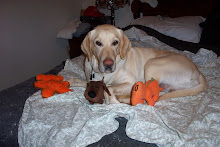
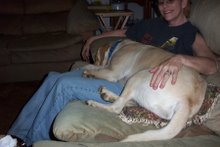
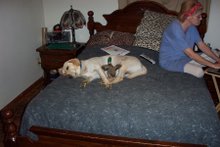
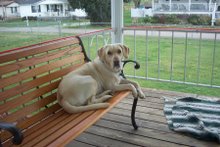
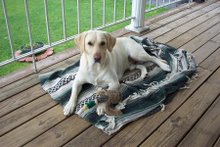
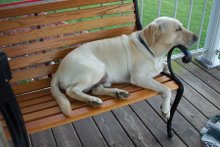

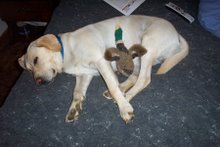
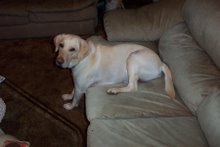
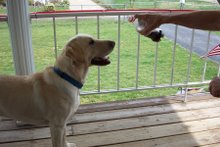
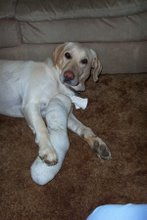
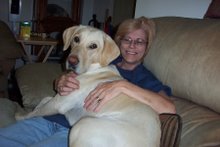
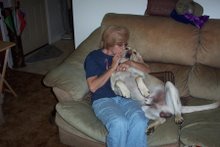
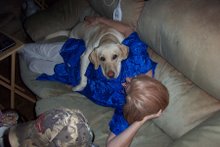
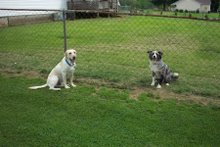
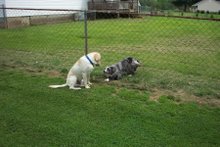
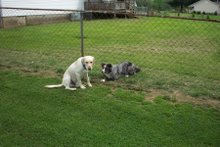
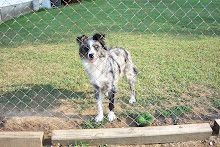
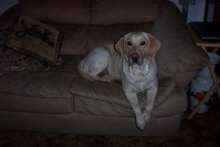
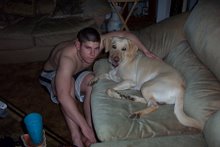
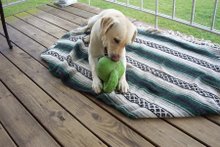
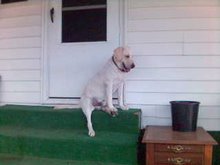
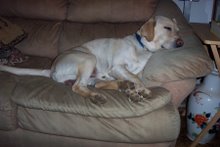
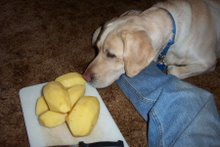


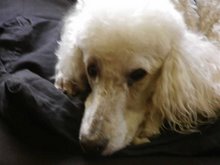

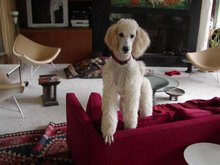
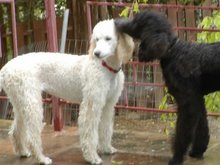
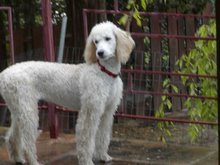

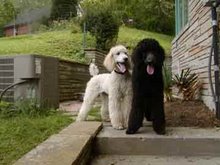
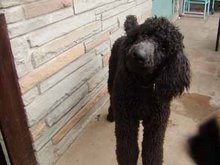
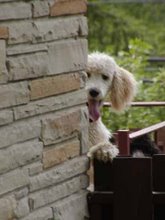
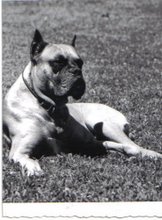

No comments:
Post a Comment